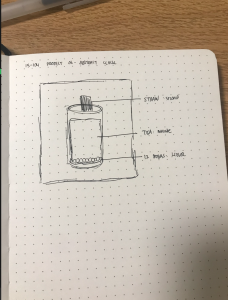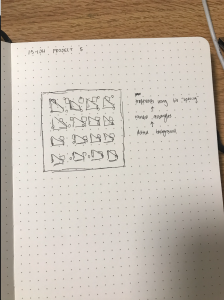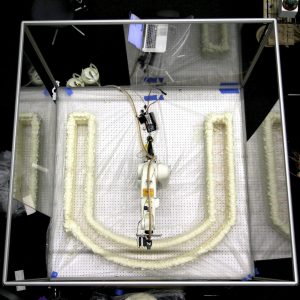/*Rachel Shin
reshin@andrew.cmu.edu
15-104 Section B
Project 07- Composition with Curves
*/
var numPoints = 300;
var angle = 0;
function setup() {
createCanvas(480, 480)
r = random(255);
g = random(255);
b = random(255);
}
function draw() {
background(0);
push();
translate(width / 2, height / 2); //center on canvas
drawHypotrochoid();
pop();
push();
translate(mouseX, mouseY); //center of curve based on mouse position
rotate(radians(angle)); //rotates on center point
drawTrifolium();
pop();
angle = angle + 4; // speed of rotation
}
function drawHypotrochoid() { //http://mathworld.wolfram.com/Hypotrochoid.html
var x;
var y;
//map boundaries
var h = map(mouseY, 0, height, 0, 200); //size changes based on mouseY
var a = map(mouseX, 0, width, 0, 200); //size changes based on mouseX
var b = a / 8;
//Hypotrochoid curve
beginShape();
for (var i = 0; i < numPoints; i ++) {
stroke(r, g, b);
strokeWeight(2);
noFill();
var t = map(i, 0, 200, 0, TWO_PI)
x = (a - b) * cos(t) + h * cos(((a - b) / b) * t)
y = (a - b) * sin(t) - h * sin(((a - b) / b) * t)
vertex (x, y)
}
endShape(CLOSE);
}
function drawTrifolium() { //http://mathworld.wolfram.com/ConicalSpiral.html
var x;
var y;
var r;
//constrain
var a = constrain(mouseX, width / 5, width / 2);
//outline of light blue spinning trifolium
noFill();
stroke(195, 217, 227);
strokeWeight(0.5);
//Trifolium curve
beginShape();
for (var i = 0; i < numPoints; i++) {
var t = map(i, 0, numPoints, 0, TWO_PI);
r = - a * cos(3 * t);
x = r * cos(t);
y = r * sin(t);
vertex(x, y);
}
endShape(CLOSE);
}This project took me a while because it took me a while to figure out how to compute each curves. Maneuvering it around the canvas was more interesting for me because it allowed me observe how the code I wrote computed it to animate a certain way.
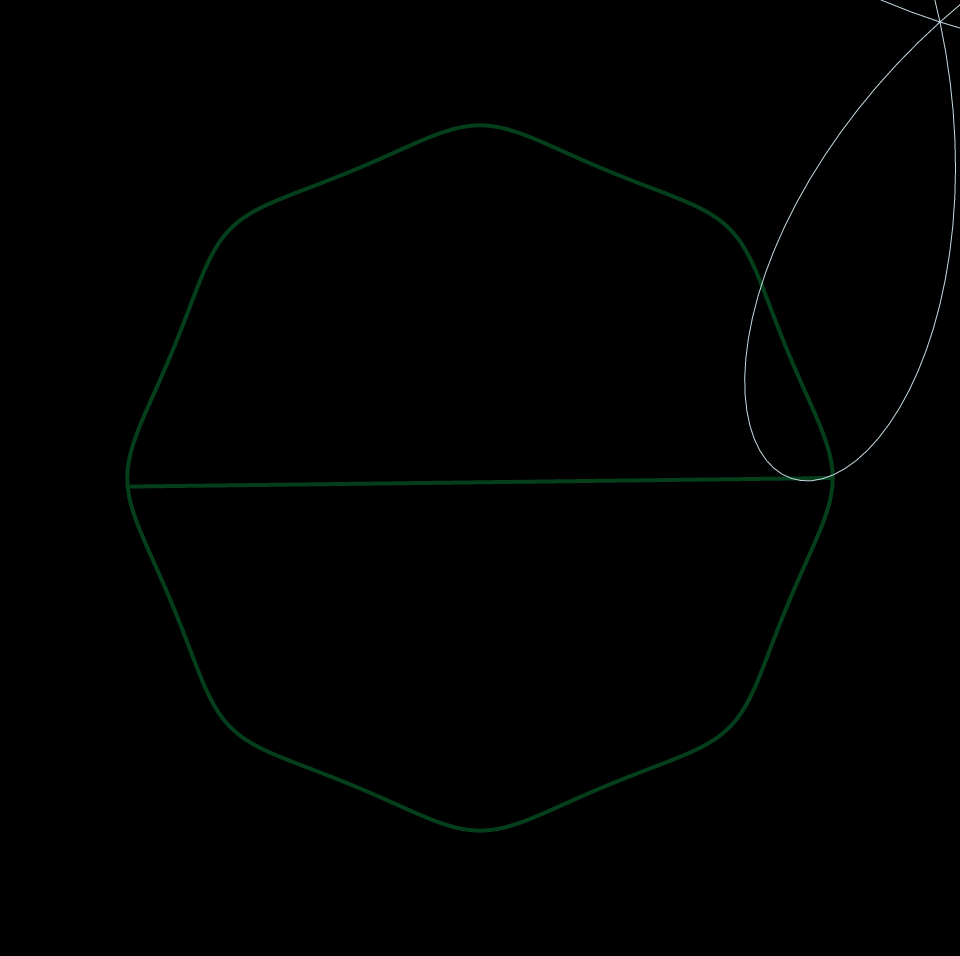
Mouse at Top Right of Canvas 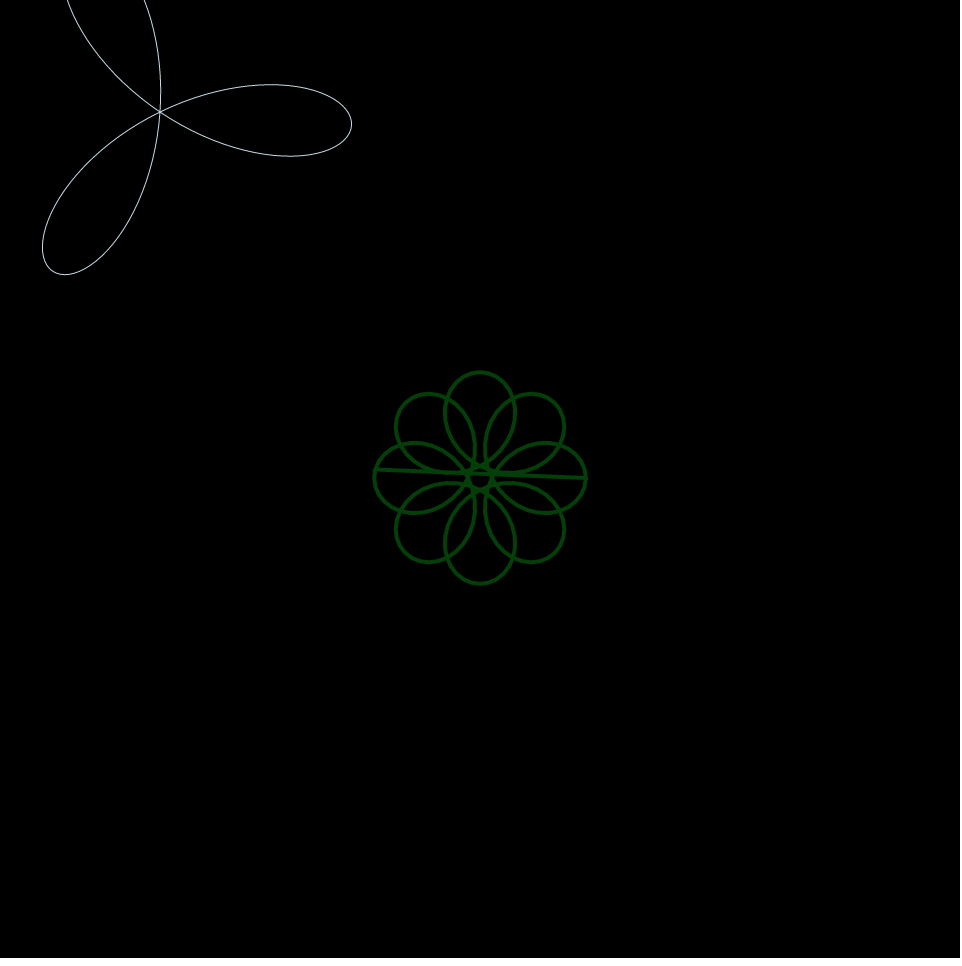
Mouse at Top Left of Canvas 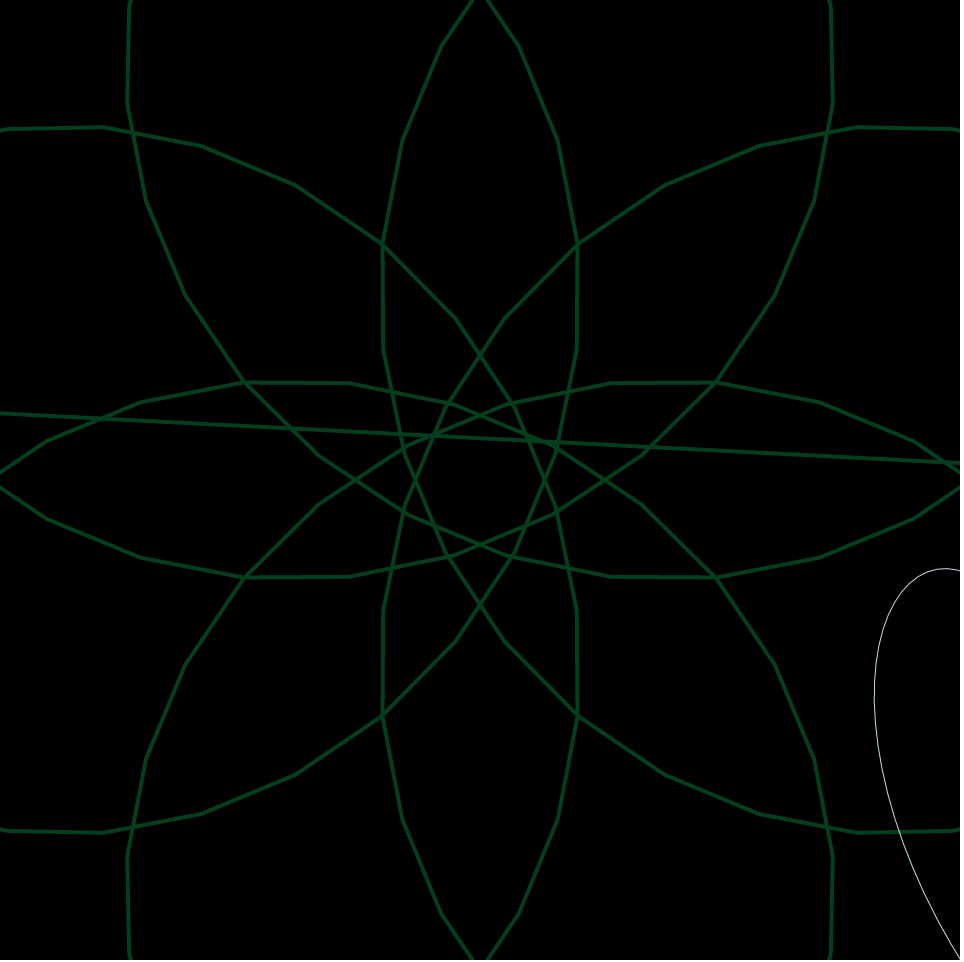
Mouse at Bottom Right of Canvas 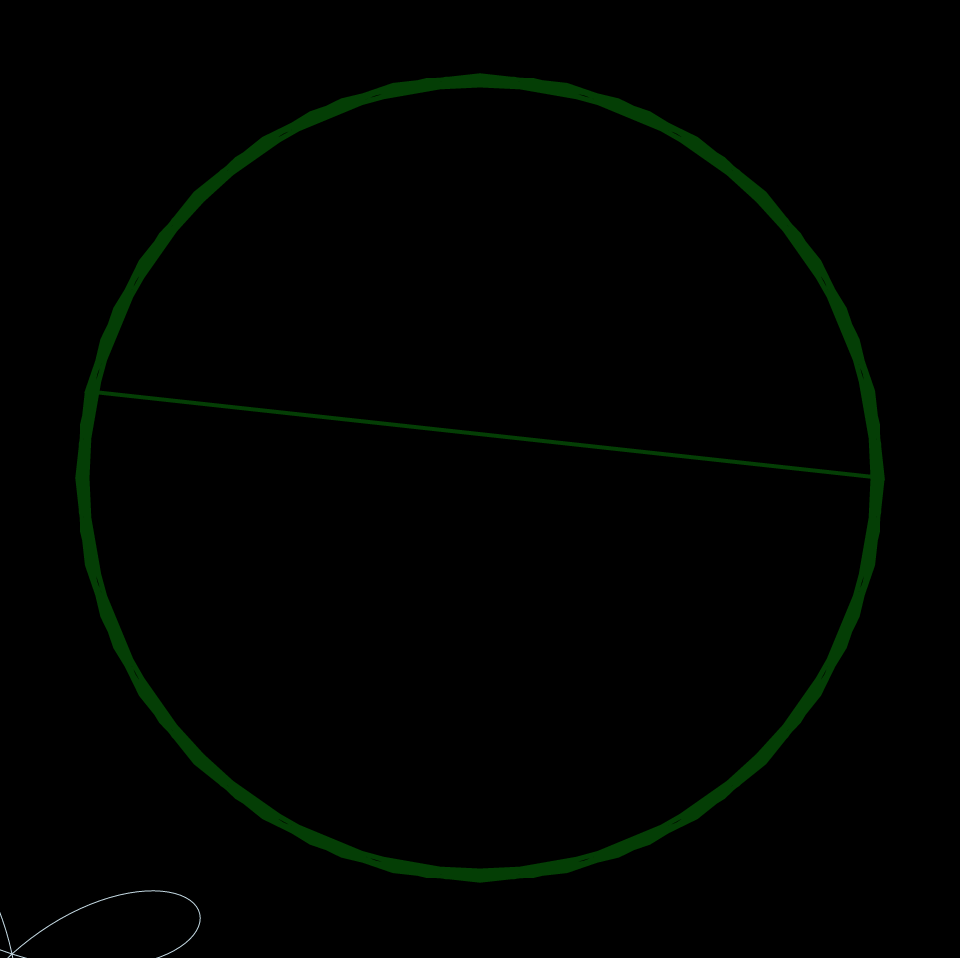
Mouse at Bottom Left of Canvas 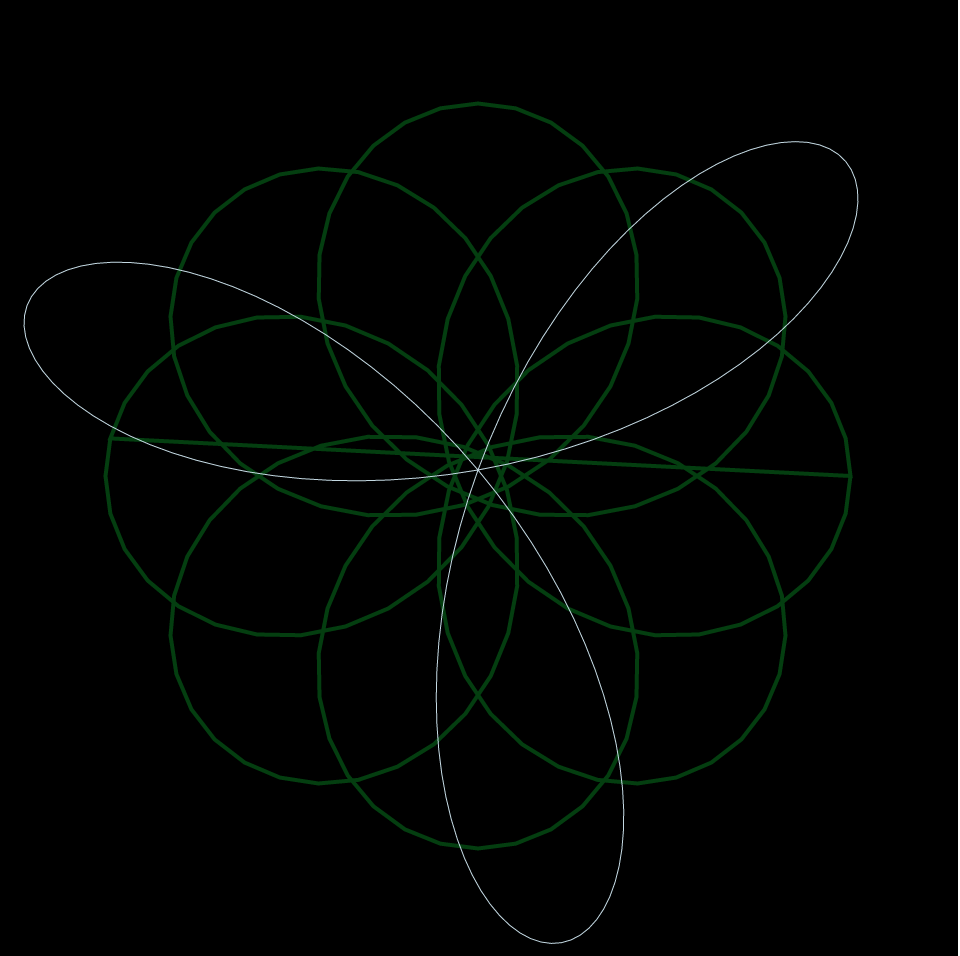
Mouse at Center of Canvas
![[OLD FALL 2019] 15-104 • Introduction to Computing for Creative Practice](../../../../wp-content/uploads/2020/08/stop-banner.png)
